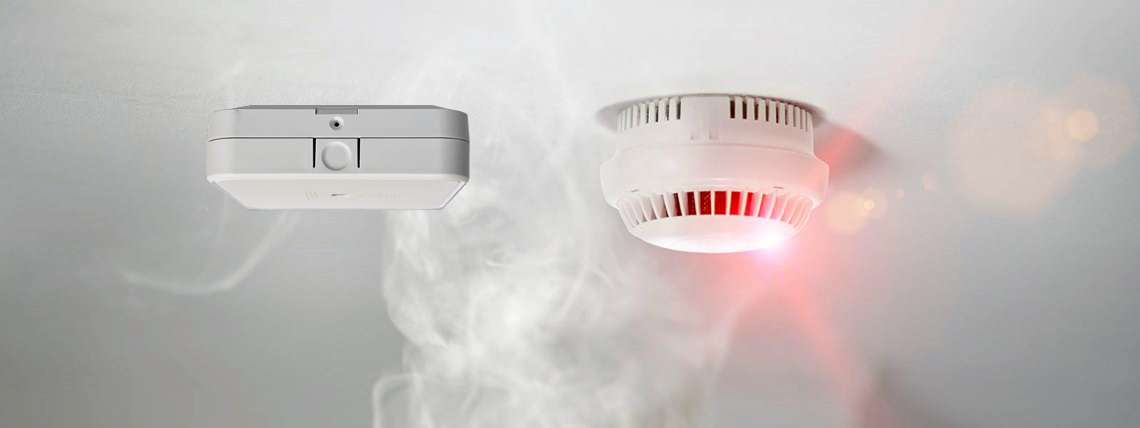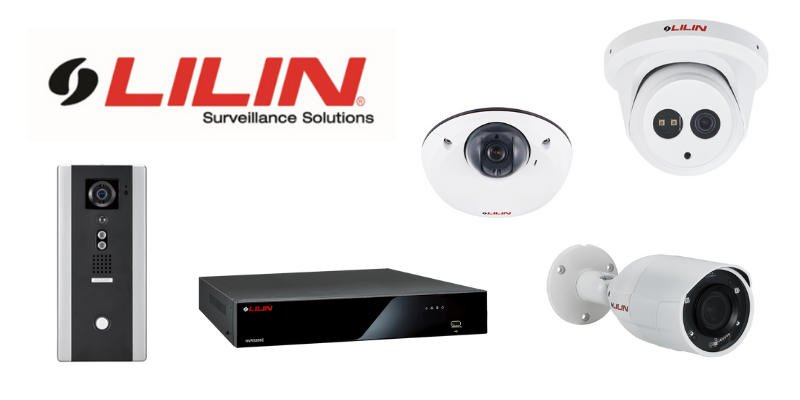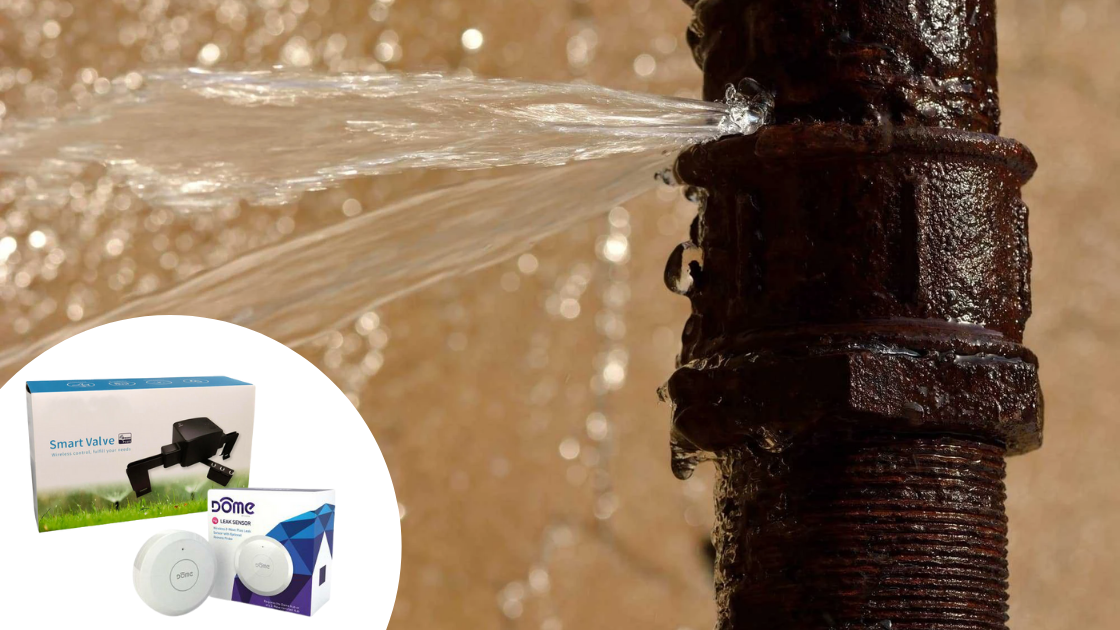Smart homes have become an increasingly popular trend in an age where technology is advancing rapidly. The concept of a smart home involves integrating various smart home gadgets and systems within your household to automate and enhance daily tasks, making life more convenient, efficient, and secure.
Picture this scenario: You can use your phone to unlock your front door, step inside to find the lights illuminating automatically, and then instruct your virtual assistant to prepare a fresh cup of coffee. Even when you’re away, a robotic vacuum diligently cleans your floors, while a smart thermostat efficiently adjusts the temperature to save energy costs. Monitoring every aspect of your home, indoors and outdoors, becomes possible with security cameras accessible from your smartphone.
While no single solution can ideally automate your entire household, installing and managing multiple smart devices have become simpler than ever before. Turning your ideal smart home into a reality is entirely achievable by leveraging a few readily available products. Here’s a guide to help you embark on this journey.
Understanding the Basics
Before delving into the setup process, it’s crucial to understand the fundamental components of a smart home. At its core, a smart home relies on interconnected devices that communicate with each other through the Internet of Things (IoT). These devices include smart speakers, thermostats, lighting systems, security cameras, door locks, and more. They can be controlled and monitored remotely via a smartphone, tablet, or voice commands using virtual assistants like Amazon Alexa, Google Assistant, or Apple’s Siri.
Read more: The Complete Manual for Configuring Your Smart Home
Planning Your Smart Home Setup
Planning is key to a successful smart home setup. Begin by assessing your needs, priorities, and budget. Consider which areas of your home you’d like to automate or enhance. Whether it’s controlling your home’s temperature, securing your premises, managing light, or making daily routines more convenient, identifying your goals will help you select suitable devices and systems.
Choosing Compatible Devices
Compatibility is crucial when setting up a smart home. Select devices and systems that work seamlessly together to avoid complications. Many brands offer products that integrate well within their ecosystem. For instance, if you choose a smart speaker from a particular brand, opting for compatible smart plugs, lights, and thermostats from the same manufacturer might be more efficient.
How to Control Everything In Your Smart Home
Numerous smart home devices offer direct control over their essential functions through Wi-Fi connectivity and a corresponding mobile app. This straightforward setup allows you to acquire a new device, link it to your home Wi-Fi network, install the associated app, and start using it promptly.
However, some devices utilize more generalized wireless protocols like Zigbee and Z-Wave to communicate with a central hub (keep an eye on the emerging smart home standard, Matter). Employing a smart home hub offers the advantage of consolidating all your smart home products within a single app, enabling unified control rather than juggling separate apps for various devices, such as light bulbs and thermostats.
While certain products are compatible with multiple standards, not all platforms are universally open. The vast array of products across various ecosystems can make setting up a smart home feel like a complex puzzle. Yet, breaking down the process into smaller steps can help demystify the endeavor. We recommend starting by selecting one or two gadgets.
You may be intrigued by the prospect of controlling your lights via voice commands or unlocking your door remotely from your phone. By focusing on specific categories outlined below, explore our recommended devices—chances are, you’ll discover options that align with your preferences. Especially for your initial devices, opt for products that support multiple standards to build your smart home gradually without concerns about future compatibility issues.
Voice Control: A Simple Starting Point

Utilizing voice assistants is convenient and widely embraced to manage your interconnected devices. With support for voice commands, you can effortlessly control tasks like activating lights, adjusting the air conditioning, brewing coffee, and much more merely by speaking.
Incorporating a smart speaker into your home is the most straightforward approach to integrating voice control, granting access to prevalent voice assistants like Amazon Alexa, Apple Siri, and Google Assistant, contingent upon the speaker you opt for. Amazon boasts a diverse array of Echo speakers, offering the broadest selection, while Google presents a few Nest speaker options, and Apple provides the HomePod mini. Additionally, third-party speakers supporting Alexa and Google Assistant are available, although Siri functionality is primarily limited to the HomePod.
Linking your smart home devices to any of these speakers (as long as they support the corresponding voice assistant) allows you to execute supported commands effortlessly. For instance, a simple voice command can trigger actions like turning off all the lights before retiring for the night.
Should you desire a voice assistant that integrates smart home management within reach, contemplate acquiring an intelligent display. These devices, like smart speakers, facilitate voice command execution and audio playback. However, their built-in screen sets them apart, providing convenient touch controls for various smart home devices. Furthermore, certain compatible home security cameras and video doorbells can seamlessly stream their video feeds directly onto the screen of these smart displays.
Use Smart Plugs for Automating Your Traditional Devices
Before purchasing dedicated smart home devices, consider the practicality of employing smart plugs to convert regular appliances like lamps, fans, and coffee makers into smart devices. These plugs enable you to control these devices effortlessly via your smartphone. All you need to do is plug the device into a wall outlet, download the accompanying app, and connect your non-smart device. This transformation allows you to imbue previously unavailable functionalities, such as setting schedules for operations. However, certain limitations exist—such as the inability to alter the color of standard white light bulbs, but you can still regulate their on/off cycles according to specific timings.
Some smart plugs boast support for voice commands, and some even provide insights into power consumption over specific periods. Additionally, certain models feature weather-resistant properties, rendering them suitable for outdoor applications, like on a patio or deck. Most plugs seamlessly integrate with other smart devices, enabling scenarios where, for instance, a security camera detecting motion can trigger a connected light to turn on.
Read more: A Guide to Convert Dumb Appliances into Smart Ones
Upgrade Your Lighting with Smarter Options
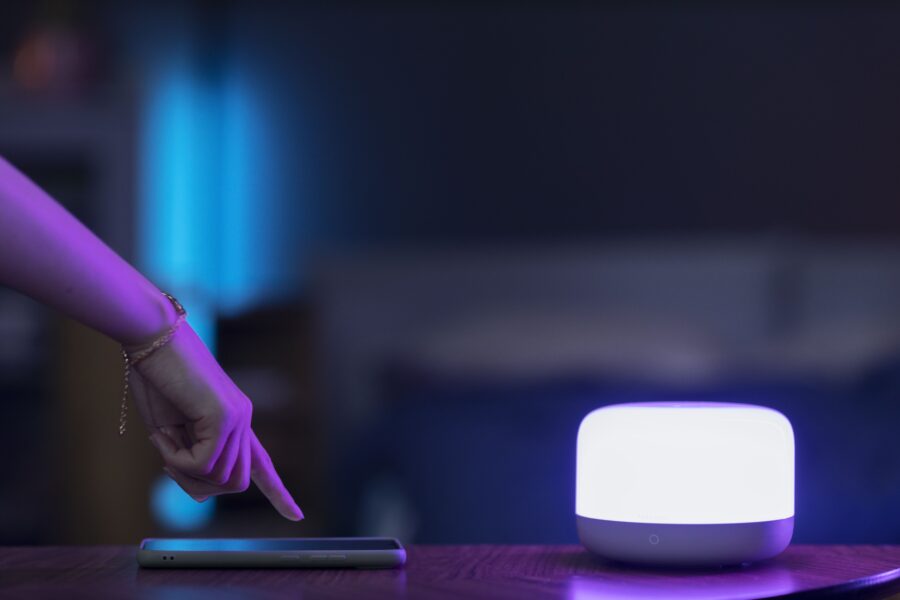
Enhance your lighting setup by swapping out traditional bulbs for smart light bulbs that grant you precise control over individual or grouped lights. Through your smartphone, manipulate factors like color, color temperature, and brightness level to craft the perfect ambiance for various activities—dining, movie-watching, reading, or unwinding. These bulbs offer the added convenience of setting automated schedules for turning on and off, triggered by various factors. The best part? Installing them is as simple as replacing regular light bulbs.
Alternatively, consider opting for a smart wall switch if smart bulbs don’t align with your preferences. This switch allows control over existing light fixtures throughout your home. However, it’s crucial to note that installing this type of switch involves handling high-voltage electrical wiring. If you feel uneasy about the installation process, it’s advisable to seek professional assistance to ensure safety and proper setup.
Read more: Benefits of Smart Lighting and Energy Saving Systems
Maintain Comfort with a Smart Thermostat
Optimize your indoor climate using smart thermostats that empower you to manage your air conditioning and heating via your smartphone remotely. These devices can autonomously regulate temperatures, factoring in variables like time of day, your present location, and the operational status of other interconnected devices. Specific models incorporate remote room sensors to ensure consistent heating and cooling across your household. While installation is generally straightforward, it involves handling low-voltage wiring and often involves minor drilling.
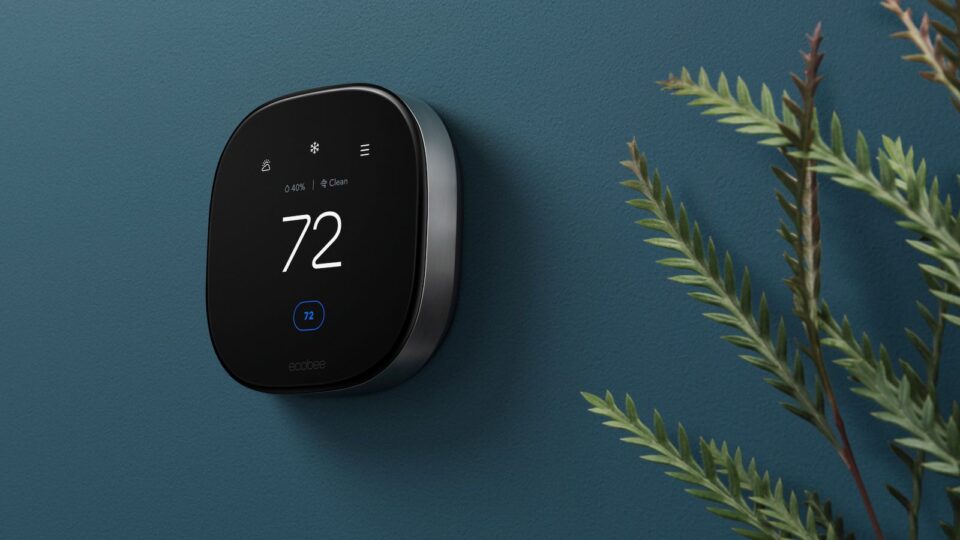
Enhance Your Home Security Measures
Implement smart locks to secure and unlock your doors conveniently via your smartphone. These locks often facilitate managing time-specific access for friends, family, or service providers, permanently or temporarily. Some models even support voice commands or fingerprint access. While most smart locks come as comprehensive sets, a few may require merely replacing a single interior component for installation.
Smart doorbells offer an added layer of security by allowing you to visually and verbally engage with visitors at your doorstep before granting access. These devices enable you to view feeds on your phone or intelligent displays and can pair with associated cameras to form a comprehensive surveillance system. Equipped with motion sensors, they alert you to potential activity, and some models require low-voltage wiring, while others, powered by batteries, offer easy, drill-free installation.
Indoor and outdoor security cameras monitor activities in and around your home, capturing video of motion and sound events. Specific indoor cameras offer motorized components for a 360-degree view and provide options for storing recordings locally or in the cloud. Outdoor cameras, designed to withstand weather conditions, may feature floodlights to illuminate outdoor areas and come with wired or wireless installation options.
For comprehensive security coverage, consider a complete home security system, including door sensors, motion detectors, and a siren. DIY systems are user-friendly, enabling self-monitoring via mobile apps but necessitating manual contact with emergency services in case of an alarm. However, many now offer optional no-contract professional monitoring services for automatic emergency dispatch.
Alternatively, companies like ADT and Vivint provide professional installation services for those preferring a hands-off approach, although these systems typically come at a higher cost than DIY options.
In addition to safeguarding your home, many smart home security systems offer a unified platform for integrating and managing various home automation devices via a single app.
Read more: Best Smart Sensors for Your Smart Home in 2023
Beyond the Back Door
The categories above merely scratch the surface. Delve more profound, and a world of advanced smart home devices unfolds. Explore intelligent sprinkler systems that autonomously adjust lawn watering schedules based on weather conditions or robotic lawn mowers that meticulously maintain your grass. You can even input recipes into an intelligent grill for flawlessly smoked ribs and other barbecued delicacies. Check out our review of the finest outdoor smart home devices featuring top-notch backyard-friendly technology we’ve thoroughly tested.
Expand and Personalize Your Smart Home
Once you’ve mastered the basics of setting up a smart home, consider expanding your ecosystem. Explore additional devices such as smart blinds, smart appliances (refrigerators or washing machines), or even a smart irrigation system for your garden. Personalize your automation further to cater to specific habits or preferences.
Conclusion
Entering the world of smart homes may seem overwhelming initially, but with careful planning, research, and the right devices, you can create a connected, efficient, and secure living space. Start small, understand the functionalities of each device, and gradually expand your smart home ecosystem. With patience and exploration, you’ll soon enjoy the convenience and comfort that a smart home brings to your daily life.
Read more: What is The Cost of A Smart Home? A Detailed Pricing Guide


